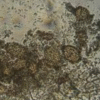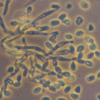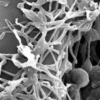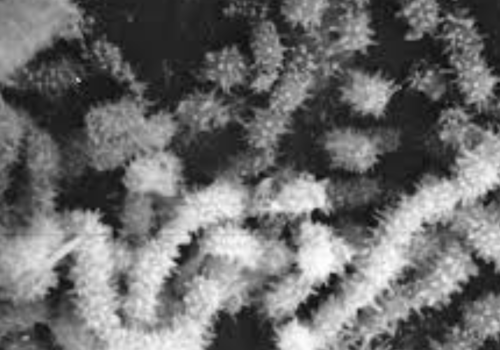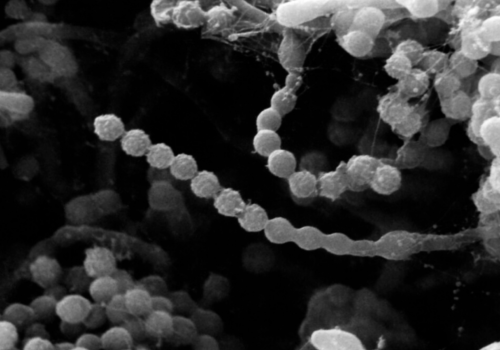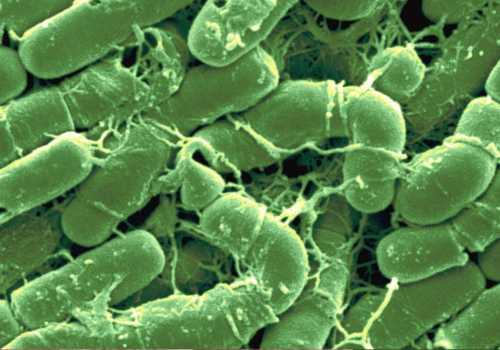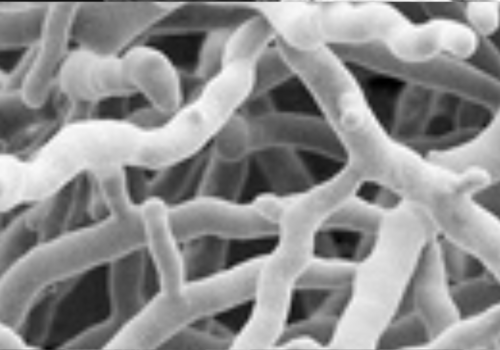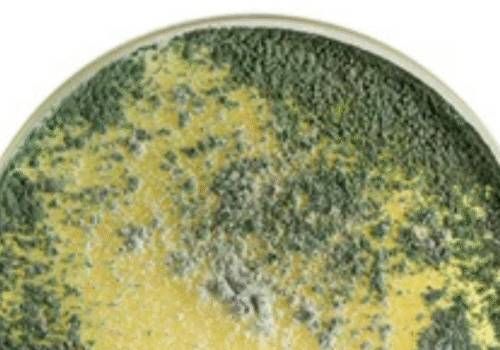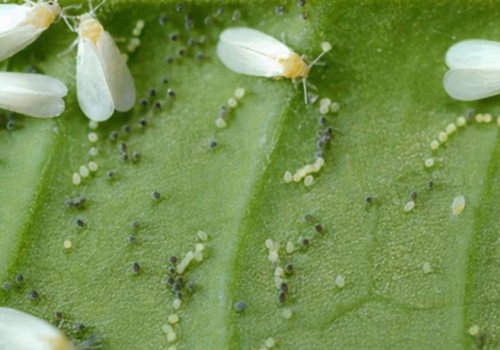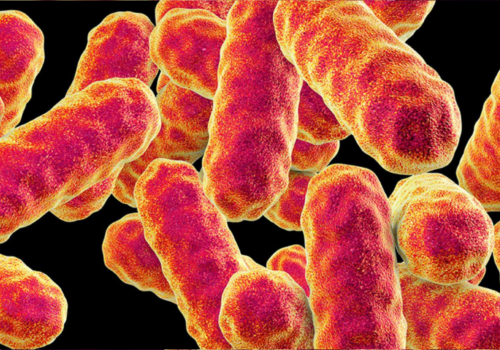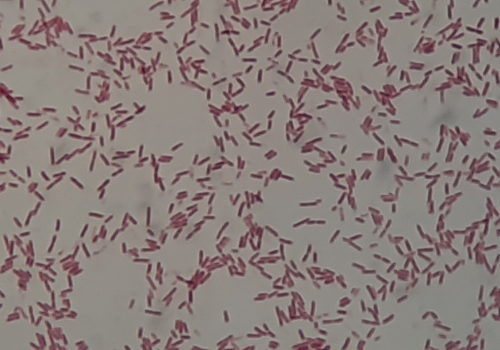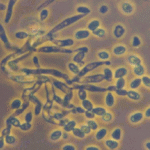Bacillus subtilis is a robust, Gram-positive bacterium widely recognized for its adaptability and efficiency in various environments.
Overview of the Microbe Paecilomyces lilacinus is a filamentous ascomycete fungus widely found in soils and decaying organic matter around the world[1][4]. It produces fast-growing...
Bacillus subtilis is a robust, Gram-positive bacterium widely recognized for its adaptability and efficiency in various environments.
Overview of the Microbe Enterobacter cloacae is a gram-negative, facultatively anaerobic, rod-shaped bacterium belonging to the family Enterobacteriaceae. Initially recognized for its opportunistic pathogenicity in...
Overview of the Microbe Streptomyces lydicus De Boer et al. 1956 is a Gram‑positive, filamentous bacterium in the order Actinomycetales, isolated originally from soil in...
Overview of the Microbe Gliocladium virens (teleomorph: Trichoderma virens) is a filamentous, soil-dwelling fungus well recognized for its ability to suppress a wide array of...
Overview of the Microbe Verticillium lecanii (Zimmermann) Viegas is an entomopathogenic fungus historically known for causing “white muscardine” disease in insects. It is now classified...
Overview of the Microbe Enterobacter is a diverse genus of Gram-negative, rod-shaped, facultatively anaerobic bacteria within the Enterobacteriaceae family. These bacteria are widely distributed in...
Overview of the Microbe Serratia marcescens is a rod‑shaped, Gram‑negative bacterium within the family Enterobacteriaceae capable of aerobic and facultative anaerobic growth in diverse habitats,...
Overview of the Microbe Serratia fonticola is a Gram‑negative, rod‑shaped bacterium in the family Enterobacteriaceae, first described from freshwater habitats and now recognized in soils,...

